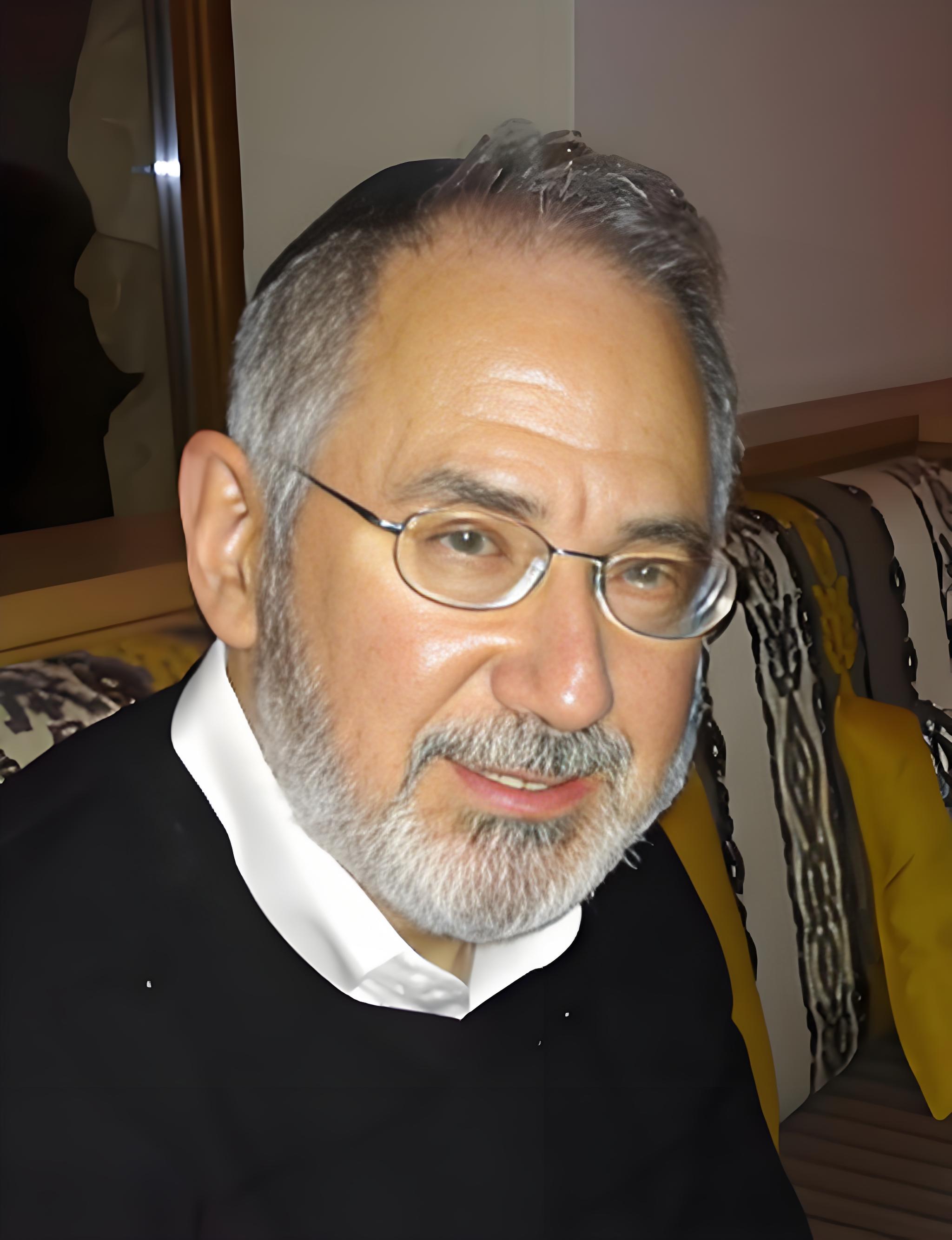报告题目:Polyoxometalate-Engineered Nanostructures
报告嘉宾:Professor Ira Weinstock, Ben Gurion University of the Negev
报告时间:7月18日上午10点
报告地点:伟德BETVlCTOR1946中心校区唐敖庆楼B521报告厅
举办单位:新型电池物理与技术教育部重点实验室
嘉宾简介

Ira Weinstock earned a PhD in organometallic chemistry (1990) at the Massachusetts Institute of Technology (MIT), where he studied under the direction of Richard R. Schrock, recipient of the 2005 Nobel Prize in Chemistry. After team leader in green chemistry and catalysis at the United States Dept. of Agriculture (1991-2003), he was an Associate Professor at the City University of New York. In 2006 he moved to Ben-Gurion University, where he began three new lines of research concerning: 1) Supramolecular host-guest chemistry of polymolybdate capsules, 2) Polyoxometalate-leaving groups for the stabilization and assembly of gold nanoparticles, and 3) Polyoxometalate-complexed metal-oxide nanocrystals. He was promoted to Full Professor in 2012 and since 2013 has held the Irene Evens Chair in Inorganic Chemistry. He is the author of nearly 100 publications, which have garnered over 43 highlights as news articles and journal covers.
报告摘要
Colloid science, and its more recent iteration as a branch of nanoscience, lies at the conceptual interface between molecular systems and functional solid-state materials. Unlike molecules, most colloidal structures are not amenable to characterization by single-crystal X-ray crystallography, while characterization of their surface features (such as protecting-ligand domains) lies outside the scope of the crystallographic methods used to define bulk phases of solid-state materials. As such, progress in this area requires a determined focus on the establishment of reliable structure-reactivity relationships. One approach, demonstrated in the present talk, is to use cryogenic transmission electron spectroscopy (cryo-TEM) to investigate soluble metal and metal-oxide nanostructures stabilized by readily imaged (highly electron dense) polytungstate (POM) cluster-anion ligands. The POM ligands simultaneously serve as "leaving groups" for controlling the transformations of the metal-nanoparticle ligand shells, and, for example, guiding their self-assembly into supra-structures capable of host-guest chemistry.[1] Moreover, POMs can serve as coordinately linked anionic ligands for reactive metal-oxide nanocrystals, giving a new class of nanostructures uniquely positioned between molecular macroanions and traditional colloids. While metal-oxide nanocrystals (NCs) are highly reactive, challenging obstacles impede the systematic development of their solution-state chemistries. Namely, metal-oxide NCs are highly susceptible to precipitation in water. And, while organic ligands impart stability, they block access to catalytically-active NC surfaces and lead to insoluble assemblies. Both these obstacles are overcome by replacing traditional organic ligands by water-soluble cluster anions. This new family of soluble POM-complexed nanostructures will be discussed in the context of our larger vision of bringing reactive metal-oxide NCs into the tractable and flexible realm of solution-state chemistry.[2]
1. (a) Chakraborty, S.; Tiwari, C. K.; Wang, Y.; Gan-Or, G.; Gadot, E.; Weinstock, I. A. Ligand-Regulated Uptake of Dipolar-Aromatic Guests by Hydrophobically Assembled Suprasphere Hosts. J. Am. Chem. Soc. 2019, 141, 14078-14082. (b) Wang, Y.; Raula, M.; Wang, Y.; Zeiri, O.; Chakraborty, S.; Gan-Or, G.; Gadot, E.; Weinstock, I. A. Polyoxometalate-Engineered Building Blocks with Gold Cores for the Self-Assembly of Responsive Water-Soluble Nanostructures. Angew. Chem., Int. Ed. 2017, 56, 7083-7087. (c) Wang, Y.; Zeiri, O.; Raula, M.; Le Ouay, B.; Stellacci, F.; Weinstock, I. A. Host–guest chemistry with water-soluble gold nanoparticle supraspheres. Nat. Nanotechnol. 2016, 12, 170-176. (d) Wang, Y.; Neyman, A.; Arkhangelsky, E.; Gitis, V.; Meshi, L.; Weinstock, I. A. Self-Assembly and Structure of Directly Imaged Inorganic-Anion Monolayers on a Gold Nanoparticle. J. Am. Chem. Soc. 2009, 131, 17412-17422.
2. (a) Kumar Tiwari, C.; Roy, S.; Tubul-Sterin, T.; Baranov, M.; Leffler, N.; Li, M.; Yin, P.; Neyman, A.; Weinstock, I. A. Emergence of Visible-Light Water Oxidation Upon Hexaniobate-Ligand Entrapment of Quantum-Confined Copper-Oxide Cores. Angew. Chem. Int. Ed. 2023, 62, e202213762. (b) Zhang, G.; Wang, F.; Tubul, T.; Baranov, M.; Leffler, N.; Neyman, A.; Poblet, J. M.; Weinstock, I. A. Complexed Semiconductor Cores Activate Hexaniobate Ligands as Nucleophilic Sites for Solar-Light Reduction of CO2 by Water. Angew. Chem. Int. Ed. 2022, 61, e202213162. (c) Zhang, G.; Baranov, M.; Wang, F.; Poblet, J. M.; Kozuch, S.; Leffler, N.; Shames, A. I.; Clemente-Juan, J. M.; Neyman, A.; Weinstock, I. A. Soluble Complexes of Cobalt Oxide Fragments Bring the Unique CO2 Photoreduction Activity of a Bulk Material into the Flexible Domain of Molecular Science. J. Am. Chem. Soc. 2021, 143, 20769-20778. (d) Raula, M.; Gan Or, G.; Saganovich, M.; Zeiri, O.; Wang, Y.; Chierotti, M. R.; Gobetto, R.; Weinstock, I. A. Polyoxometalate Complexes of Anatase-Titanium Dioxide Cores in Water. Angew. Chem., Int. Ed. 2015, 54, 12416-12421.